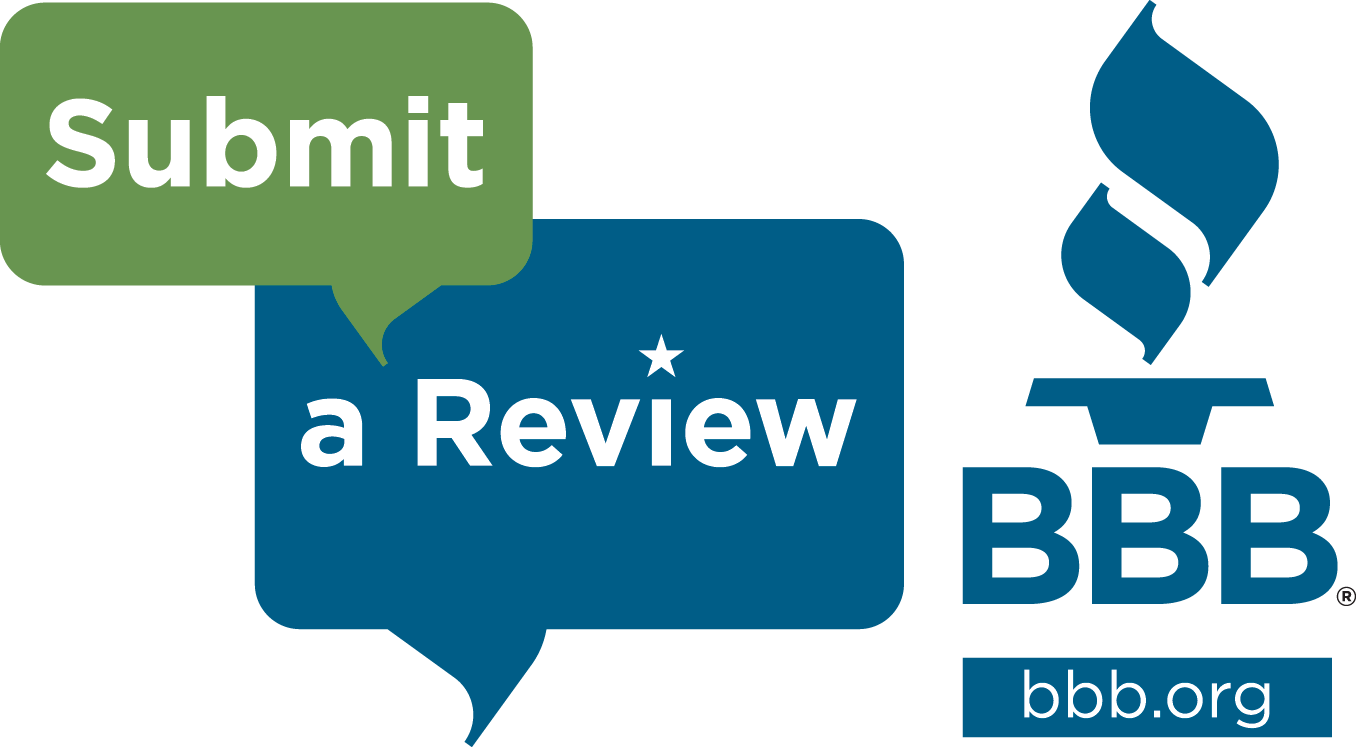5 Action Steps for First-Time Homebuyers

Thinking about buying your first home? Get set for an exhilarating adventure that can also seem a bit intimidating at times. It’s very easy to get caught up in a whirlwind of online research, open houses, and financing options. Take heart! A bit of financial homework early in the process will tell you where you stand. So roll up your sleeves and delve into these five action items. Amidst that whirlwind of activity, they will help keep your feet planted firmly on the ground!
1. Check your credit – As a first-time homebuyer, your credit score is a key factor when it comes to qualifying for a loan. It is important for you to know your score and understand how it affects the cost of a loan. Start by visiting AnnualCreditReport.com to get a free credit report from each of the three credit bureaus. Check them carefully for mistakes or anything that doesn’t seem accurate.
Keep in mind that building a strong credit rating involves more than just paying all of your monthly bills on time. Your credit utilization rate – the amount of credit you’re using relative to your credit limit – is also an important factor. Generally, a lower utilization rate contributes to a higher credit score. As a first-time homebuyer, it’s a good idea to minimize the amount of available credit that you have in use.
2. Evaluate your assets and liabilities – Take some time to learn about your monthly cash flow. Track your spending accurately for a few months to gain a clear understanding of how much you owe versus how much you bring in. This exercise will often provide a fresh perspective on your finances. You will find it helpful whether you are accustomed to having a surplus every month or struggle with a budget that’s always tight.
3. Organize your documents – Be prepared to document your income and taxes when applying for a mortgage. Knowing the information you need and having it organized saves time when you’re ready to meet with lenders. Mortgage lenders typically require two recent pay stubs, W-2’s and tax returns for the previous two years, and several months of bank statements. Learn more about the verification documents you will need with the First Ohio Home Finance Mortgage Checklist.
4. Qualify yourself – Get a sense of how much home you can afford even before the mortgage lender advises how much of a loan you qualify for. By calculating your debt-to-income ratio and available down payment, you will have a good idea of how much you can spend on a home. The historical debt-to-income ratio guideline is that no more than 28 percent of your gross monthly income should be devoted to housing costs, although this is not a firm standard required by all lenders. Similarly, the portion of your income needed to cover all monthly debt obligations should ideally be 36 percent or less. First Ohio Home Finance mortgage calculators can help you determine “How much home can I afford?” and “How much mortgage might I qualify for?”
5. Figure out your down payment – Finally, look closely at your sources of available cash and determine what you can realistically afford for a down payment. Know how much money you have to work with before you begin speaking with mortgage lenders.
Following these action steps won’t remove every bit of stress from the home buying process. But remember, buying your first home is supposed to be joyful and exhilarating. Doing some financial homework on the front end will certainly help you ease the tension and enjoy the experience!













